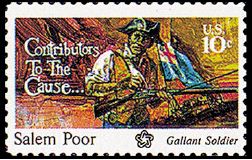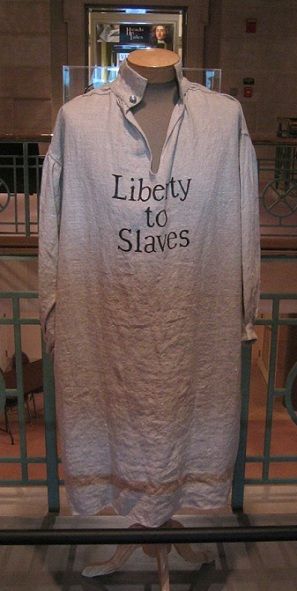Slavery in the United States
Slavery in the United States was a legal institution that existed from the early 17th century until its abolition in 1865. It played a central role in American history, profoundly shaping the nation's economic, social, and political development. This article explores the origins, practices, and eventual abolition of slavery in the United States, highlighting key events and figures that influenced its course.
Origins and Development[edit | edit source]
Slavery in what would become the United States began in the early 17th century. The first enslaved Africans arrived in Jamestown, Virginia, in 1619, brought by English privateers who had seized them from a Portuguese slave ship. Initially, these Africans were treated as indentured servants, but by the late 17th century, laws were enacted that defined slavery as a lifelong condition inherited through the mother and legalized the racial basis of slavery.
As the colonies grew, so did their reliance on enslaved labor. The Transatlantic Slave Trade became a lucrative enterprise, and by the 18th century, millions of Africans had been forcibly transported to the Americas. In the United States, the majority of enslaved people worked on plantations in the South, cultivating cash crops such as tobacco, rice, and, most importantly, cotton. The invention of the cotton gin by Eli Whitney in 1793 significantly increased the demand for slave labor, as it made cotton processing more efficient.
Life Under Slavery[edit | edit source]
Enslaved people in the United States faced brutal conditions. They were denied basic human rights, subjected to harsh physical labor, and lived under the constant threat of separation from their families through sale. Resistance took many forms, including work slowdowns, sabotage, escape, and uprisings, such as the notable Nat Turner's Rebellion in 1831.
Abolition Movement[edit | edit source]
Opposition to slavery in the United States began with the Quakers in the late 17th century and grew over time, leading to the establishment of the abolitionist movement in the early 19th century. Abolitionists, both black and white, campaigned against slavery through writings, speeches, and the Underground Railroad—a network of secret routes and safe houses used to help enslaved people escape to free states and Canada.
Civil War and Emancipation[edit | edit source]
The issue of slavery was one of the main causes of the American Civil War (1861-1865). The election of Abraham Lincoln, who opposed the expansion of slavery into new territories, led to the secession of eleven Southern states and the formation of the Confederate States of America. The war ended in victory for the Union, and on January 1, 1863, Lincoln issued the Emancipation Proclamation, which declared all slaves in Confederate-held territory to be free. Slavery was formally abolished with the ratification of the Thirteenth Amendment to the United States Constitution in December 1865.
Legacy[edit | edit source]
The legacy of slavery in the United States is profound and enduring. It contributed to the racial disparities that persist in American society, influencing aspects of the economy, politics, and culture. The struggle for civil rights and racial equality continues to be influenced by this legacy, as the nation confronts its history of slavery and discrimination.
Navigation: Wellness - Encyclopedia - Health topics - Disease Index - Drugs - World Directory - Gray's Anatomy - Keto diet - Recipes
Search WikiMD
Ad.Tired of being Overweight? Try W8MD's physician weight loss program.
Semaglutide (Ozempic / Wegovy and Tirzepatide (Mounjaro) available.
Advertise on WikiMD
WikiMD is not a substitute for professional medical advice. See full disclaimer.
Credits:Most images are courtesy of Wikimedia commons, and templates Wikipedia, licensed under CC BY SA or similar.
Contributors: Prab R. Tumpati, MD






